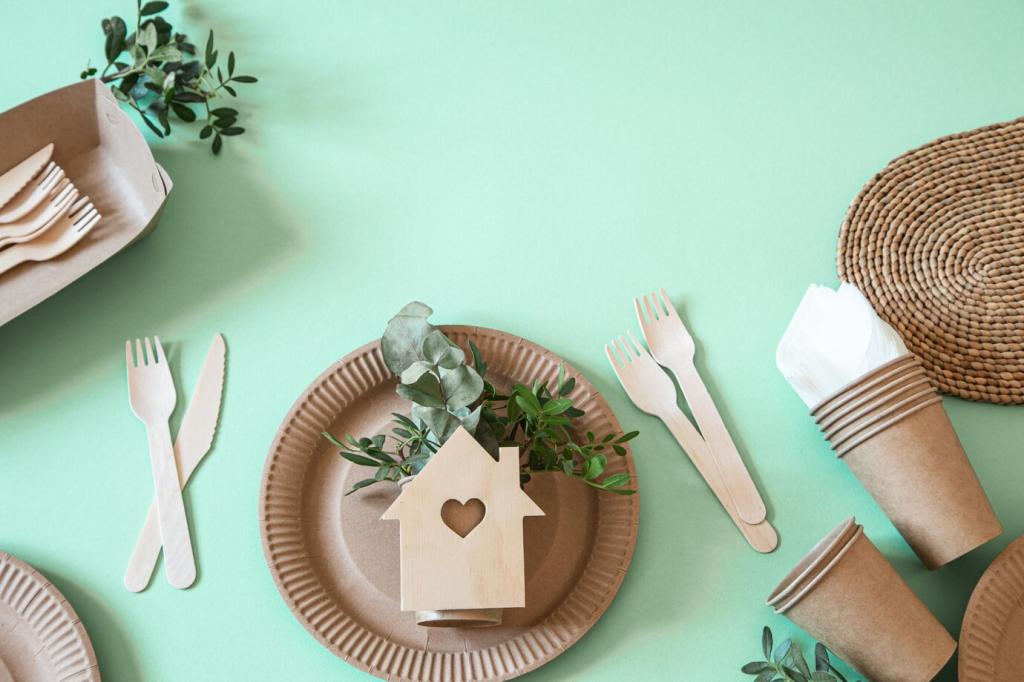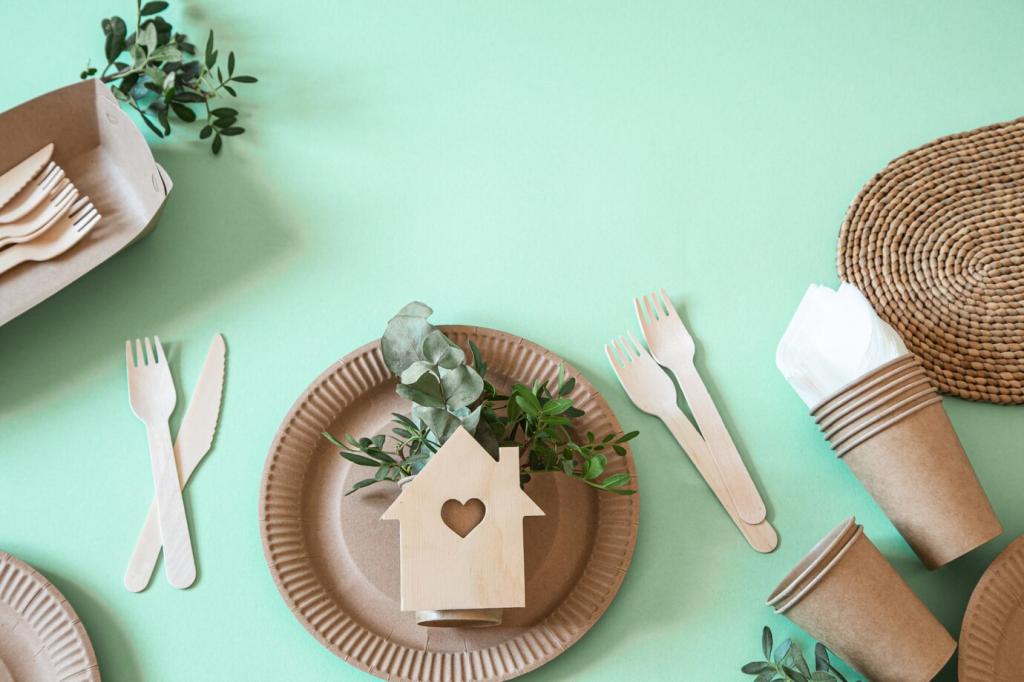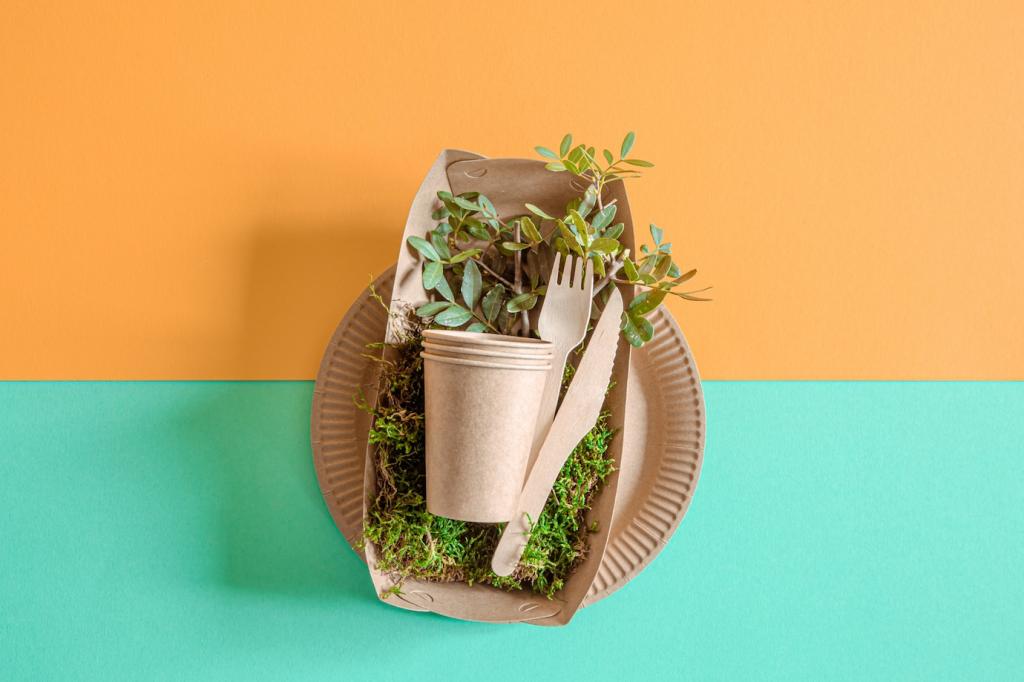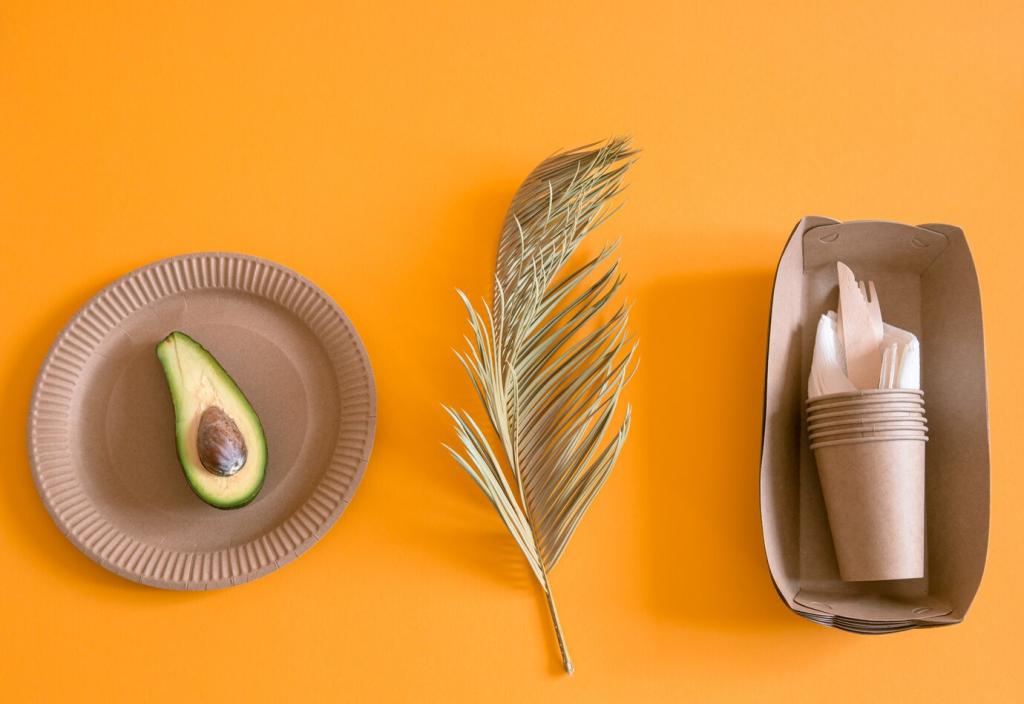Health, Comfort, and Indoor Air
When Priya and Aaron repainted their nursery with zero-VOC paint, they noticed the room felt fresh within hours. No harsh odor lingered on bedding or toys. Share your nursery color ideas below—soft sages, muted blues, or warm creams—and inspire new parents choosing safely.
Health, Comfort, and Indoor Air
A reader with fragrance sensitivity switched to mineral paint for her studio. She reported fewer headaches during long sessions and finally kept the windows closed on cold days. If sensitivities shape your decisions, tell us what products worked so we can compile a community list.









